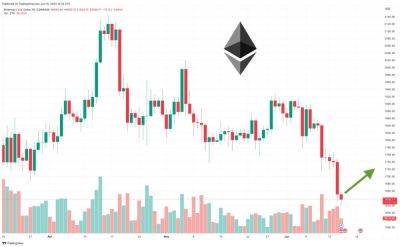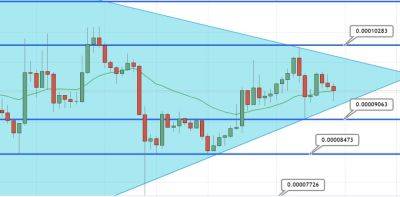Cryptocurrency markets’ low volatility: A curse or an opportunity?
Cryptocurrency markets are well-known for their volatility, where large price swings help investors create or lose fortunes. Yet there are often periods of relative stability where the tight price action bores some while being an opportunity for others.
Since the beginning of the year, Bitcoin’s (BTC) price has soared by over 60%, climbing from around $18,000 to over $27,000 at publishing time. However, the cryptocurrency has been stuck in a narrow range for the past two months, fluctuating between $26,000 and $29,000. It has occasionally attempted to break out above $30,000 but also faced some dips to $25,500.
According to CCData, Bitcoin’s volatility has dropped to 48.2% this year from 62.8% last year and from 79% in 2021. The cryptocurrency’s average daily change so far this year has been steady, with gains of 1.68% and losses of 1.93%.
/1 Latest CCData insights reveal $BTC volatility has dipped to 48.2% in 2023, from 62.8% in 2022 & 79.0% in 2021. Its 2023 trading range also shows more stability, with an average 1.68% increase & a 1.93% decrease. pic.twitter.com/y0zBMA3kpU
Investors have a number of options at their disposal to generate more during periods of low volatility, including simply lending their tokens out via decentralized finance (DeFi) protocols or through centralized exchanges. Other alternatives include staking and advanced strategies using derivatives like options and futures.
Given the highly volatile nature of the cryptocurrency sector, this tight trend is interesting. Similarly stable periods in the past have been followed by significant price movements, either to the upside or the downside, but stability doesn’t mean there aren’t strategies that can help boost investors’ returns.
While the most
Read more on cointelegraph.com






















